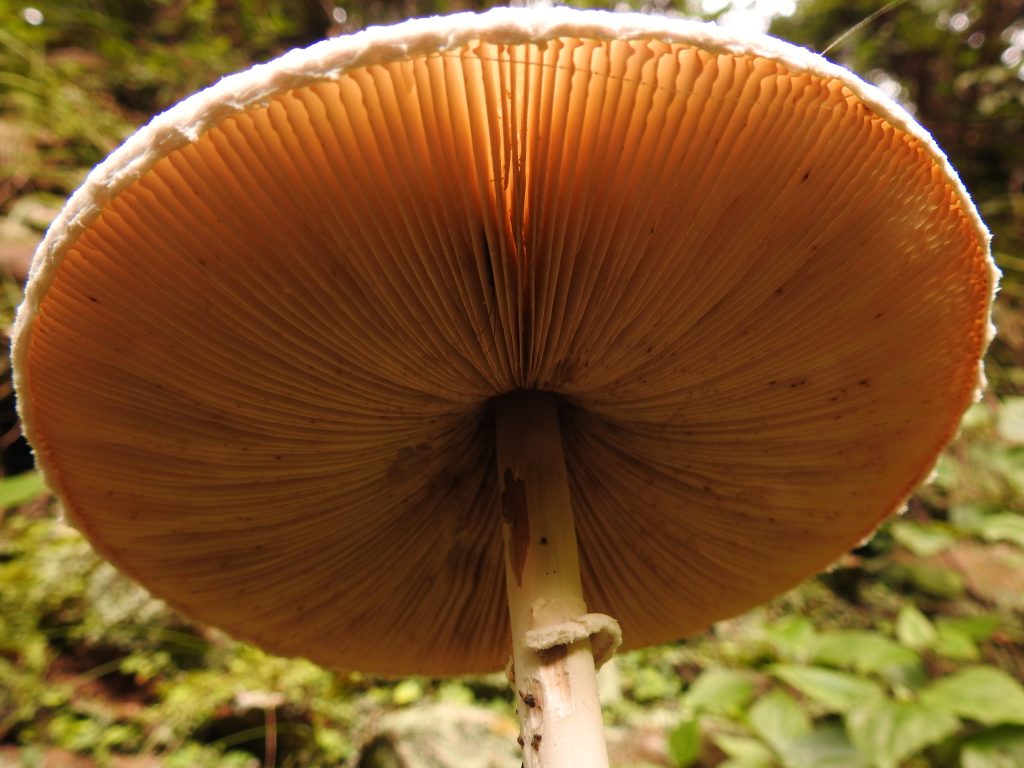Wonders of the Himalayan Mushrooms - A Comprehensive Guide

Nestled amidst the towering peaks of the Himalayan mountain range, a hidden world of culinary and medicinal wonders awaits discovery – the realm of Himalayan mushrooms. These remarkable fungi possess a rich history of traditional use and are increasingly gaining recognition for their exceptional flavors and health-promoting properties. In this comprehensive guide, we delve into the fascinating world of Himalayan mushrooms, exploring their diverse species, culinary applications, medicinal benefits, and the importance of sustainable foraging.
Diversity of Himalayan Mushrooms
The Himalayan region is home to an astounding array of mushroom species, estimated to exceed 2,000. These mushrooms come in various shapes, sizes, and colors, each with unique characteristics and properties. Some of the most notable species include:
- King Oyster Mushroom (Pleurotus eryngii): A large, meaty mushroom with a mild, nutty flavor, perfect for grilling, stir-frying, or making mushroom burgers.
- Shiitake Mushroom (Lentinula edodes): A popular culinary mushroom known for its savory, earthy flavor. It is rich in antioxidants and polysaccharides, compounds with immune-boosting properties.
- Lion's Mane Mushroom (Hericium erinaceus): A distinctive mushroom with a cascade of white spines resembling a lion's mane. It is highly valued for its culinary qualities and potential neuroprotective effects.
- Cordyceps Mushroom (Cordyceps militaris): A parasitic mushroom that attaches to insects and absorbs their nutrients. It has been traditionally used to enhance energy and athletic performance.
- Reishi Mushroom (Ganoderma lucidum): A prized medicinal mushroom known as the "mushroom of immortality." It contains adaptogenic compounds that support the body's ability to cope with stress.
Culinary Delights of Himalayan Mushrooms
Himalayan mushrooms are not only visually stunning but also offer a tantalizing array of culinary delights. Their versatile flavors and textures make them exceptional ingredients in a wide range of dishes. Some popular culinary applications include:
- Stir-fries: Himalayan mushrooms sautéed with vegetables and aromatics create a savory and nutritious meal.
- Soups and stews: Dried Himalayan mushrooms add a rich, umami flavor to soups and stews.
- Salads: Fresh Himalayan mushrooms tossed in salads bring a vibrant and earthy dimension.
- Grilled and roasted: Meaty mushrooms like King Oyster and Shiitake can be grilled or roasted for a smoky, succulent taste.
- Pickles and preserves: Himalayan mushrooms can be preserved in brine or vinegar to create flavorful condiments.
Medicinal Properties of Himalayan Mushrooms
Beyond their culinary value, Himalayan mushrooms have been revered for centuries for their medicinal properties. Traditional healers in the Himalayan region have used them to treat various ailments, including:
- Immune system support: Mushrooms like Shiitake and Reishi contain polysaccharides that stimulate the immune system.
- Anti-inflammatory properties: Lion's Mane Mushroom and Cordyceps Mushroom have been shown to possess anti-inflammatory effects.
- Neuroprotective benefits: Some studies suggest that Lion's Mane Mushroom may support brain health and protect against neurodegenerative diseases.
- Antioxidant activity: Himalayan mushrooms are rich in antioxidants, which help protect cells from damage.
- Cholesterol-lowering effects: Oyster Mushroom contains compounds that may help lower cholesterol levels.
Modern scientific research is increasingly validating these traditional uses, providing evidence of the health-promoting potential of Himalayan mushrooms.
Sustainable Foraging of Himalayan Mushrooms
The Himalayas are an ecologically sensitive region, and sustainable foraging practices are crucial to preserve the delicate balance of the ecosystem. When foraging for Himalayan mushrooms, it is essential to follow these guidelines:
- Be respectful: Respect the rights and property of local communities and ask for permission before foraging.
- Identify correctly: Ensure proper identification of mushrooms with the help of experts or field guides to avoid consuming poisonous species.
- Harvest responsibly: Only take what you need and leave the majority of the mushroom patch intact for future growth.
- Avoid disturbed areas: Avoid foraging near roads, trails, or areas with potential contamination.
- Leave no trace: Pack out all waste and leave the foraging site as you found it.
Himalayan mushrooms are a treasure trove of culinary delights and medicinal wonders. Their diversity, nutritional value, and potential health benefits make them a valuable addition to our diets and healthcare practices. However, sustainable foraging practices are paramount to ensure the preservation of these precious fungi and the delicate Himalayan ecosystem. By embracing responsible harvesting and respecting the traditions of local communities, we can continue to reap the benefits of these natural treasures while safeguarding their future for generations to come.
:max_bytes(150000):strip_icc()/dog-treats-glass-storage-container-3f5d7e36-81df4011d844459c9272c9c8404bc38d.jpg)
















Comments ()